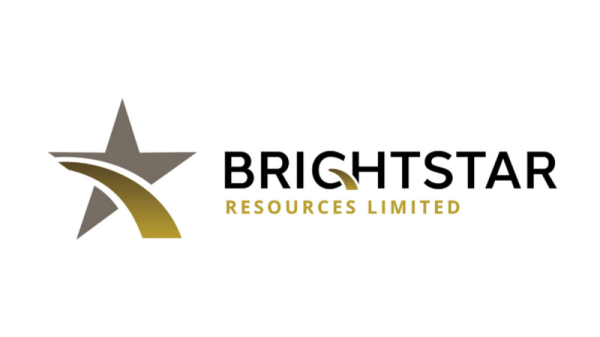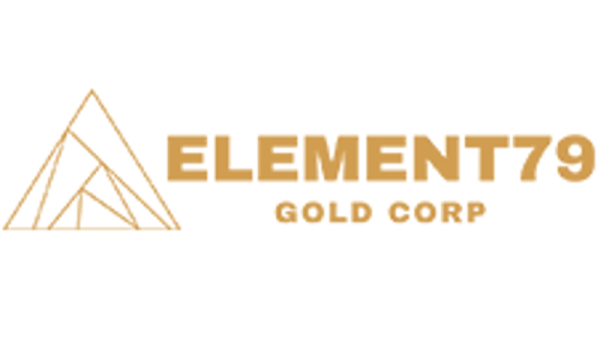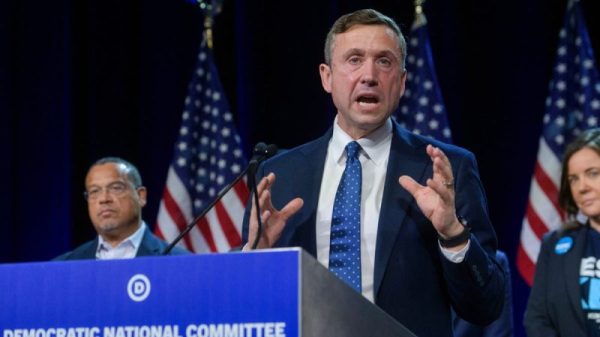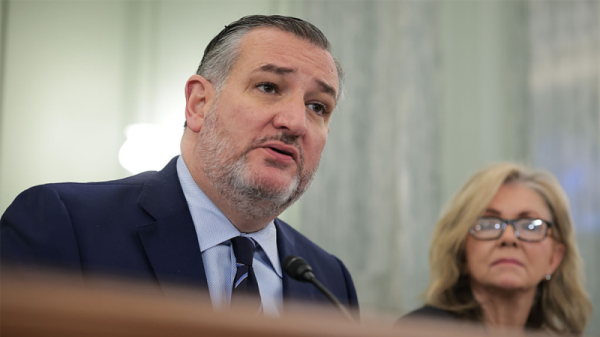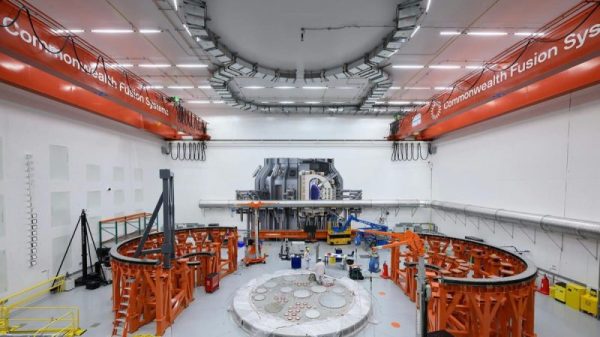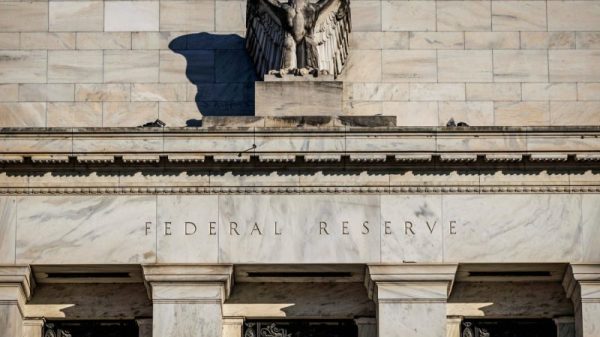In May 2024, the AIER Business Conditions Monthly Leading Indicator sank to a mildly expansionary level of 54, its lowest value since October 2023. The Roughly Coincident Indicator rose to 83, continuing a streak of expansionary readings broken only by dips to the neutral 50 level in January and October 2023. The Lagging Indicator, meanwhile, sank to 42, bringing to three the number of months since January that the index was contractionary.
Leading Indicator (54)
Among the twelve components of the Leading Indicator, from April to May 2024 six rose, five fell, and one was neutral.
Among the rising components were FINRA Customer Debit Balances in Margin Accounts (4.4 percent), Conference Board US Leading Index of Stock Prices (2.4 percent), Conference Board US Manufacturers New Orders Nondefense Capital Good Ex Aircraft (0.3 percent), Adjusted Retail and Food Service Sales (0.3 percent), US Average Weekly Hours All Employees Manufacturing (0.2 percent), and Conference Board US Leading Index Manufacturing, New Orders, Consumer Goods and Materials (0.1 percent).
Decliners included the 1-to-10 year US Treasury spread (-20.7 percent), US Initial Jobless Claims (-9.6 percent), University of Michigan Consumer Expectations Index (-9.5 percent), US New Privately Owned Housing Units Started by Structure (-5.5 percent), and United States Heavy Trucks Sales (-3.5 percent). The Inventory/Sales Ratio: Total Business was flat.
Over the past twelve months, the Leading Indicator has exhibited significant volatility, starting with a moderate expansion at 67 and peaking at 79. before sharply declining to 46 and further to 29, indicating a period of moderate contraction. The indicator then rebounded to 67, fluctuated around the mid-60s, peaked again at 75, and settled at 54 most recently. Thus, while there have been periods of both strong expansion and contraction, the current trend points to a stabilization around the neutral mark, reflecting an uncertain economic environment with no clear direction toward sustained growth or contraction.
Roughly Coincident (83) and Lagging Indicators (42)
In the Roughly Coincident Indicator, five components rose and one declined. Industrial Production rose 0.7 percent from April to May 2024, as did Coincident Manufacturing and Trade Sales (0.2 percent), Coincident Personal Income Less Transfer Payments (0.2 percent), the Conference Board Consumer Confidence Present Situation Index (0.1 percent), and US Employees on Nonfarm Payrolls (0.1 percent). The Labor Force Participation Rate fell 0.3 percent.
Among the six Lagging Indicators, two rose, three declined, and one was neutral. US Commercial Paper Placed Top 30 Day Yields were unchanged from April to May 2024. Both the US Manufacturing and Trade Inventories and Conference Board US Lagging Commercial and Industrial Loans rose, 0.5 and 0.4 percent respectively. The declining constituents were Census Bureau’s Private Construction Spending (Nonresidential) (-0.3 percent), core CPI year-over-year (-5.6 percent), and the Conference Board US Lagging Average Duration of Unemployment (-6.5 percent).
The Roughly Coincident Indicator has shown a relatively stable and positive trend over the last twelve months, consistently remaining in the expansion range with values predominantly at 75 and occasional peaks at 83 and 92. The notable dip to 50 midway through the period suggested a brief pause in expansion, but the subsequent values quickly returned to the 75-83 range with the constituent measures overall suggesting steady, positive economic growth. This contrasts markedly with the Lagging Indicator, which has demonstrated notable instability over the past year. Starting at a neutral 50 twelve months back, the index briefly dipped to 42, peaked at 58, and then oscillated around 50 before plunging to 0 in December 2023 and rising again to 67, only to dip back to 25. The significant variability tends to resolve in a contractionary bias.
What do a mostly neutral Leading Indicator, an expansionary Roughly Coincident Indicator, and a contractionary Lagging Indicator reveal? At the risk of reading too deeply into what could be ongoing data noise driven by pandemic policies, unstable prices, Fed rate hikes, consumer fatigue, and stubborn disinflation early in the year, the combination broadly suggests an economy experiencing mixed signals: current conditions are relatively positive, but performance in the recent past and on a forward-looking basis are unclear and biased. In the aggregate, the indications reinforce the necessity of closely monitoring economic developments in each category.
Discussion
In early July the Labor Department reported that the US added 206,000 jobs in June, slightly beating expectations and continuing a run of growth although the unemployment rate ticked up to 4.1 percent. Average hourly earnings rose 3.9 percent on a year-over-year basis in June, the smallest gain since 2021, and job counts for April and May were revised lower by a combined 111,000 jobs. The labor force participation rate increased to 62.6 percent, indicating more people entering the labor market. The rise in unemployment to 4.1 percent from 3.4 percent early last year and the Sahm Rule’s recession indicator highlight the potential risks of a weakening labor market. High interest rates are dampening economic activity, consumer spending is slowing, and if consumer cutbacks lead employers to reduce staff, the virtuous cycle of rising employment and spending could reverse. Ongoing pandemic policy distortions and immigration trends are complicating the interpretation of labor market signals, with job growth mainly occurring in sectors proximate to government spending: government jobs, healthcare and social services, and certain leisure and hospitality sectors. The level of job growth necessary to keep the labor market in balance is uncertain, with estimates now around 200,000 jobs per month due to increased immigration.
Fed Chair Jerome Powell’s recent testimony before the Senate Banking Committee highlighted modest progress on inflation and a notable cooling of labor-market conditions, signaling that the Federal Reserve might be nearing a point of accommodation. Powell’s remarks emphasized the dual risks of inflation and labor market weakness, indicating that while progress towards the 2-percent inflation target has been made, the Federal Open Market Committee still needs greater confidence before cutting rates. He noted that recent data showed “modest further progress” on inflation and that the aforementioned June jobs report, which saw the U-3 rate rise to 4.1 percent, indicated significant cooling in the labor market. Powell has recently stressed the importance of addressing both price stability and employment, marking a shift from the Fed’s recent focus on stable prices alone. This balanced approach suggests that the Fed might prioritize employment more heavily by year-end if the unemployment rate continues to rise.
On the inflation front, in June, US inflation cooled to its slowest pace since 2021, driven by a long-awaited decline in housing costs. The core CPI, excluding food and energy, rose by only 0.1 percent from May, the smallest increase in three years, while overall prices fell due to cheaper gasoline. This trend, similar to the positive May CPI report, is likely to bolster the Federal Reserve’s confidence in potentially cutting interest rates in September or later meetings. With shelter prices climbing minimally and a broad-based decline in service costs, including airfares, hotel stays, and inpatient hospital care, the report highlighted a durable downshift in housing inflation. Moreover, core goods prices fell for the fourth month, and real earnings growth remained positive, signaling resilience in consumer spending despite recent price sensitivities. Nevertheless, Powell has emphasized the need for sustained inflation movement toward the 2 percent target before any rate cuts, while also highlighting labor market risks, indicating a possible rate cut by the year’s end if current trends continue.
The May 2024 release of the Fed’s preferred inflation measure, the Personal Consumption Expenditure index, also saw inflation reach its lowest levels of the year, driven by declining gasoline prices and durable goods. Core PCE inflation, excluding food and energy, slowed to 0.08 percent month-over-month, the smallest increase in three years, and the 12-month rate dropped to 2.6 percent – its lowest since March 2021. Despite this, there is some skepticism about the persistence of disinflation, especially given the slow-moving nature of core services prices. With three more inflation reports due before the September FOMC meeting, the Fed might still see enough evidence to justify rate cuts if labor market conditions continue to soften.
Personal income rose by 0.5 percent in May, driven by increased wages and salaries from a strong jobs report, and supported a modest growth in personal spending of 0.2 percent nominally (0.3 percent when adjusted for inflation). While consumers spent more on recreational goods and vehicles, they cut back on food services and accommodations. This restrained spending, coupled with rising delinquency rates on consumer loans, suggests a tightening of consumer credit and a potential cooling of the economy in the latter half of the year. As core PCE inflation shows signs of deceleration, the Fed is gaining confidence in the disinflation process, though persistent price increases in health care and food services highlight ongoing inflationary pressures.
In June, the US services sector revealed its fastest contraction in four years owing to a significant drop in business activity and declining orders, as reported by the Institute for Supply Management (ISM). The ISM’s composite gauge of services fell 5 points to 48.8, indicating contraction and marking a sharp downturn from the previous month. The business activity index, paralleling the group’s factory output gauge, plunged 11.6 points, the steepest drop since April 2020, with orders shrinking for the first time since late 2022. This deterioration, combined with a third-straight month of contraction in the ISM manufacturing gauge, suggests that high borrowing costs, reduced business investment, and uneven consumer spending are increasingly straining overall demand. Eight services industries, including real estate, mining, and retail trade, reported contraction, while inflation pressures showed signs of easing. The Atlanta Fed’s GDPNow forecast indicates a slowing economy, which should reinforce the Federal Reserve’s case for rate cuts sooner rather than later.
June’s decline in consumer confidence on top of tepid retail sales in May signals consumers reassessing their financial circumstances and consequently cutting back on discretionary spending. The Conference Board’s Consumer Confidence Index dropped to 100.4 from a revised 101.3, slightly above consensus but driven by reduced expectations for future income and business conditions despite a marginal improvement in the current labor market outlook. Perceptions of job availability improved, but home and car purchase plans remained low, with only a minor increase in big-ticket appliance purchases and vacation plans, particularly for domestic trips, still below pre-pandemic levels. Although wage growth continues to support spending, the diminished savings cushion is making consumers more sensitive to labor market conditions, likely resulting in reduced discretionary spending and a further cooling of the economy in the latter half of the year.
US economic data, while painting an increasingly clear picture of slowing conditions, continues to throw confusing indications into the mix. One possible reason is that headline numbers have been overstating actual economic strength for some time, especially given signs of weaker activity in high-frequency indicators from China, the UK, Germany, and other economic powers. Another explanation is that post-pandemic economic conditions have raised the interest rates needed to control inflation. Pre-pandemic, the global economy experienced “secular stagnation” with low natural interest rates. But major fiscal expansion, investment in AI, geopolitical tensions, and shifts in global savings patterns may have driven up the natural rate of interest, which in turn suggests that despite significant Fed rate hikes monetary policy may not have been as restrictive as necessary to curb inflation effectively. While that explanation rose to prominence as disinflation stalled early in 2024, the resumption of price deceleration makes it seem less likely.
Given the US labor market’s weakening and disinflation proceeding apace, we expect the Fed to cut rates in September and/or December. The European Central Bank, Bank of England, and People’s Bank of China are likely to follow suit. Political events such as the US presidential election and ongoing geopolitical conflicts could significantly impact economic conditions and central bank policies moving forward. Uncertainties remain, and as has been the case for approaching four years, a cautious stance remains advisable.
LEADING
ROUGHLY COINCIDENT
LAGGING
CAPITAL MARKET PERFORMANCE



